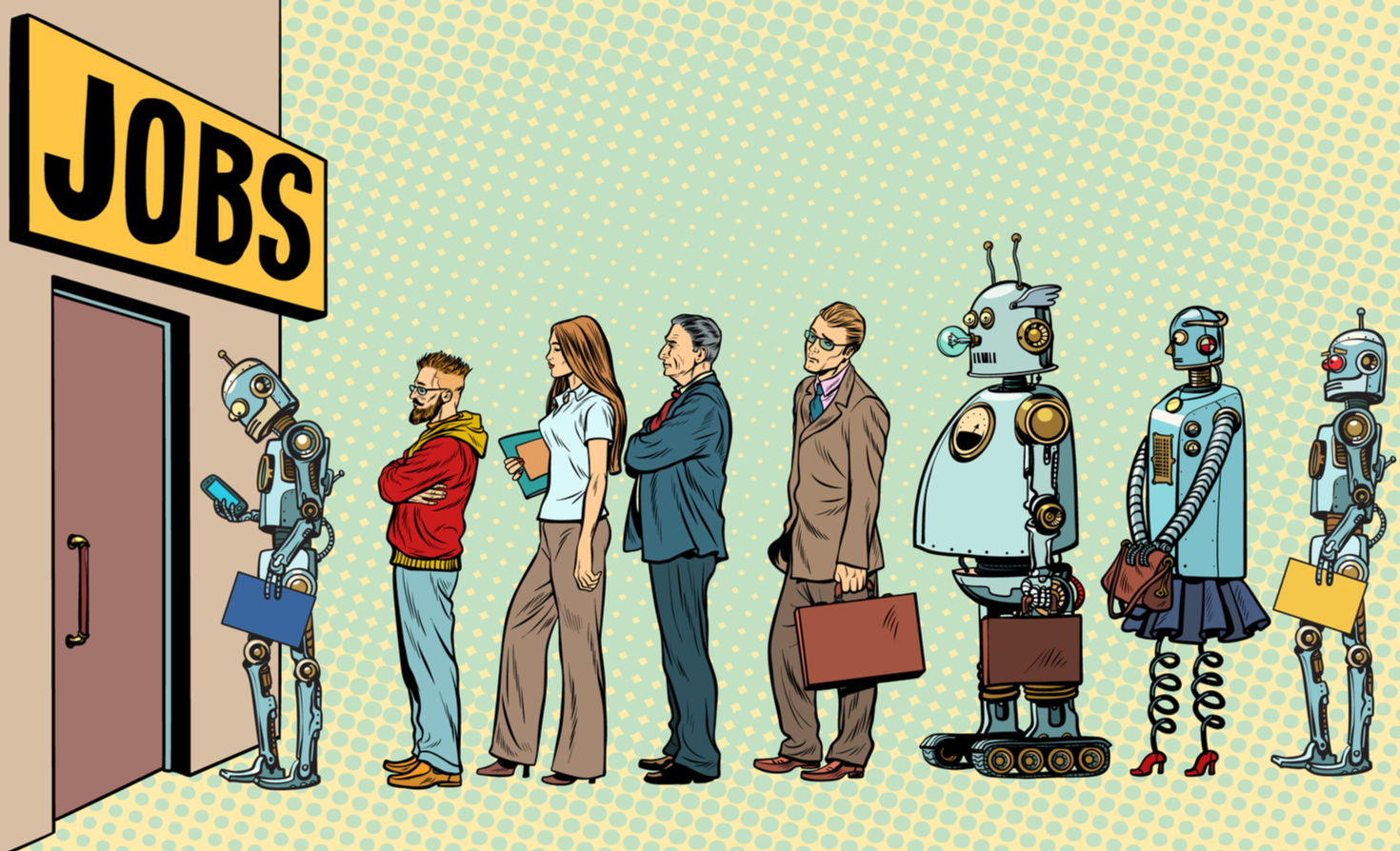Inflation and recession are two opposite states that the economy goes through based on different factors, and the presence of one necessarily means the decline or absence of the other. To understand this relationship, it is necessary to understand what is meant by inflation and recession. This can be explained in a simple way by defining inflation as an increase in the prices of goods and services. This reduces the purchasing value of the currency in circulation in any country or region, and inflation is often linked to the gross domestic product, so that inflation rates rise in any country when the gross domestic product rises. goods and services, which leads to a decrease in their prices, and all this leads to a decrease in the state’s gross domestic product, which is directly related to inflation.
What are the factors that lead to inflation?
There are many factors that would lead the economy to inflation, the most prominent of which are as follows:
- High production costs: It is natural that the high costs of producing goods or the costs of providing services lead to an increase in their prices, and this is what is known as inflation. On the other hand, higher labor wages also lead to higher production costs.
- High demand: On the other hand, high demand for goods and services leads to their scarcity. which leads the consumer to pay larger amounts to obtain them, and this leads to an increase in their value. Among the factors helping to increase demand are the decrease in unemployment rates and the increase in wages, as the consumer feels economically secure and becomes more daring to spend.
- Real estate market: The real estate market directly affects inflation rates, especially when the economy is in a state of expansion, as the demand for the real estate sector increases, which raises its prices and the prices of basic materials in the construction of real estate, and this in turn is reflected in other sectors, such as the services sector.
- Expansionary economic policy: It means that governments reduce taxes to provide liquidity in the market for the purposes of expanding the economy, and this in turn leads to an abundance of cash among companies and individuals. In the event that there is financial abundance, companies expand their activities and spending, and individuals also increase their spending on goods and services, which leads to an increase in demand and thus a rise in prices.
What are the factors that lead to recession?
All recessions and economic stagnation share the same factors that cause them, and recession is defined as a severe and long-term recession in the economy. The following are the most prominent factors that lead to the occurrence of recession first, and recession if it continues for a long period:
- Deflation: It is the opposite of inflation, where there is a decline in the price of goods and services as a result of a decline in demand for them.
- Oil price fluctuation: Oil prices affect all sectors of the economy because it represents the energy sector. This price fluctuation is reflected in the prices of other goods and services, which causes the consumer to lose his purchasing power, and thus the demand for goods and services decreases.

- High interest rates: The high interest rate is directly related to cash liquidity, as liquidity decreases with high interest rates, which leads to a decline in purchasing power and a decline in demand for goods and services.
- Loss of confidence in the economy: This matter is reflected in two aspects, the first on the stock market, which causes its collapse and thus the collapse of the economy, and on the other hand, it affects the consumer, so that he tends to save instead of spend, which reduces the demand for goods and services.
- Controlling prices and wages: When a continuous rise in the prices of goods and services as a result of the economic policies followed in a country coincides with not allowing labor wages to be lowered or raised as well, companies tend to lay off workers in order to reduce expenses, which leads to high unemployment rates and a decline in purchasing power. As a result, the demand for goods and services decreased.
Read also: How to implement a visual identity correctly



